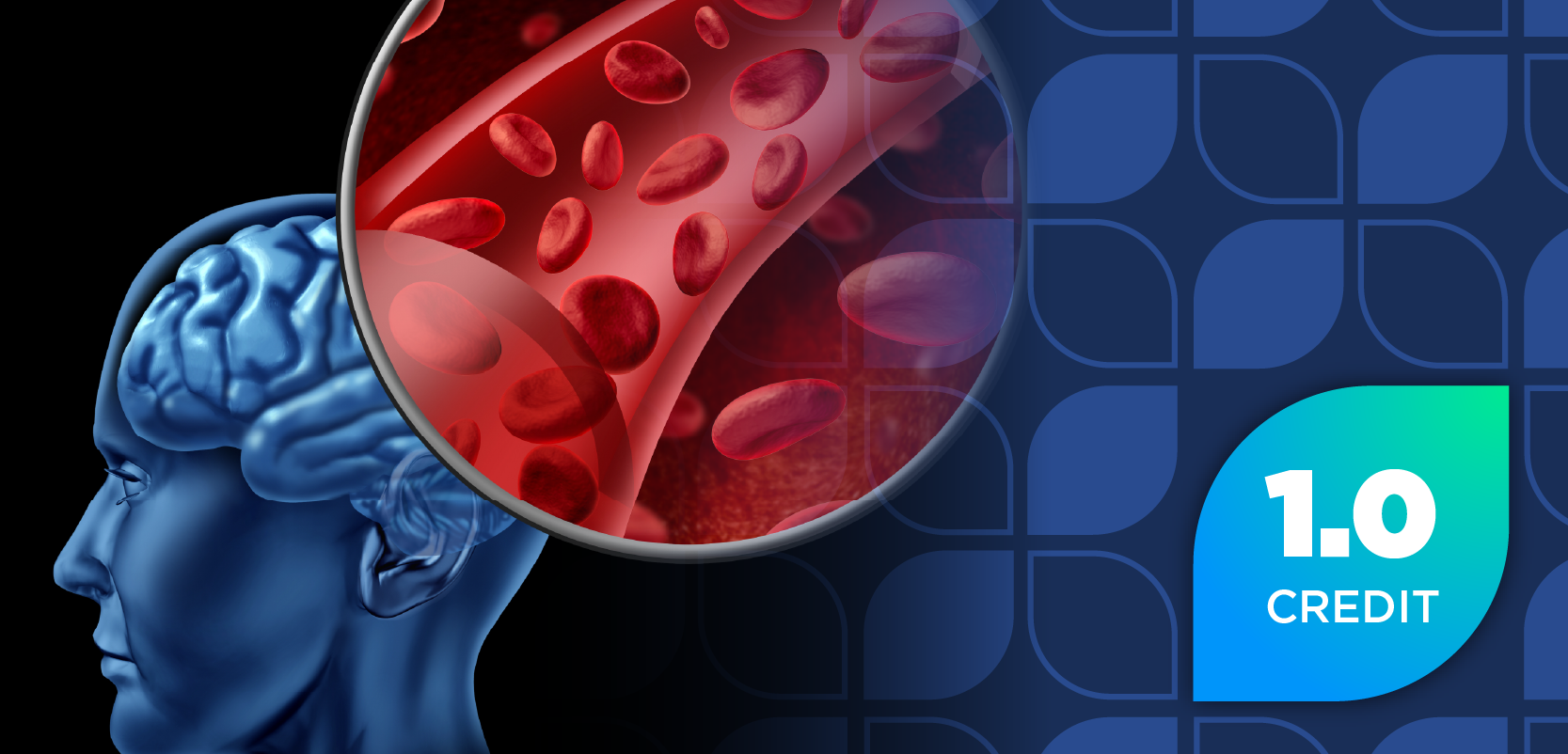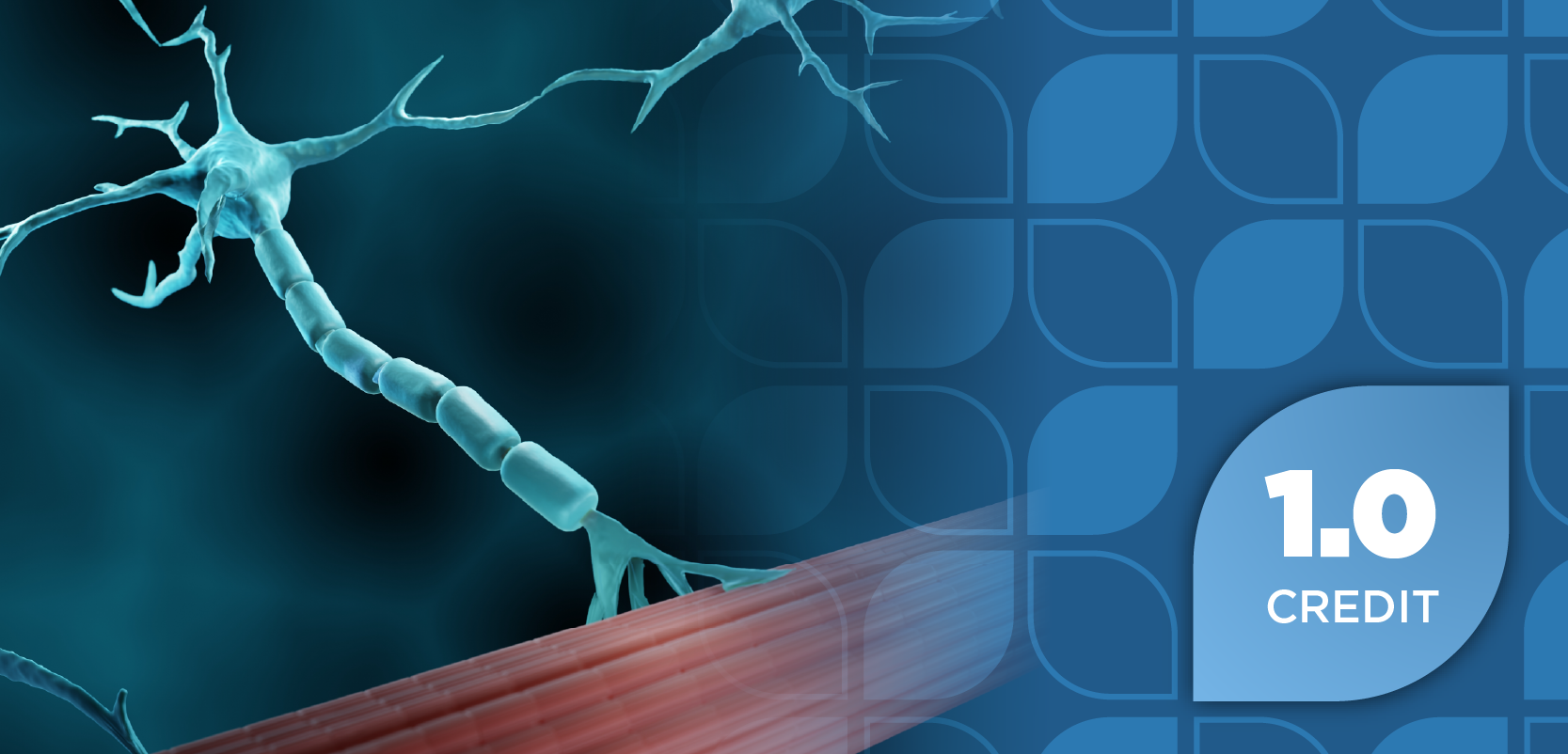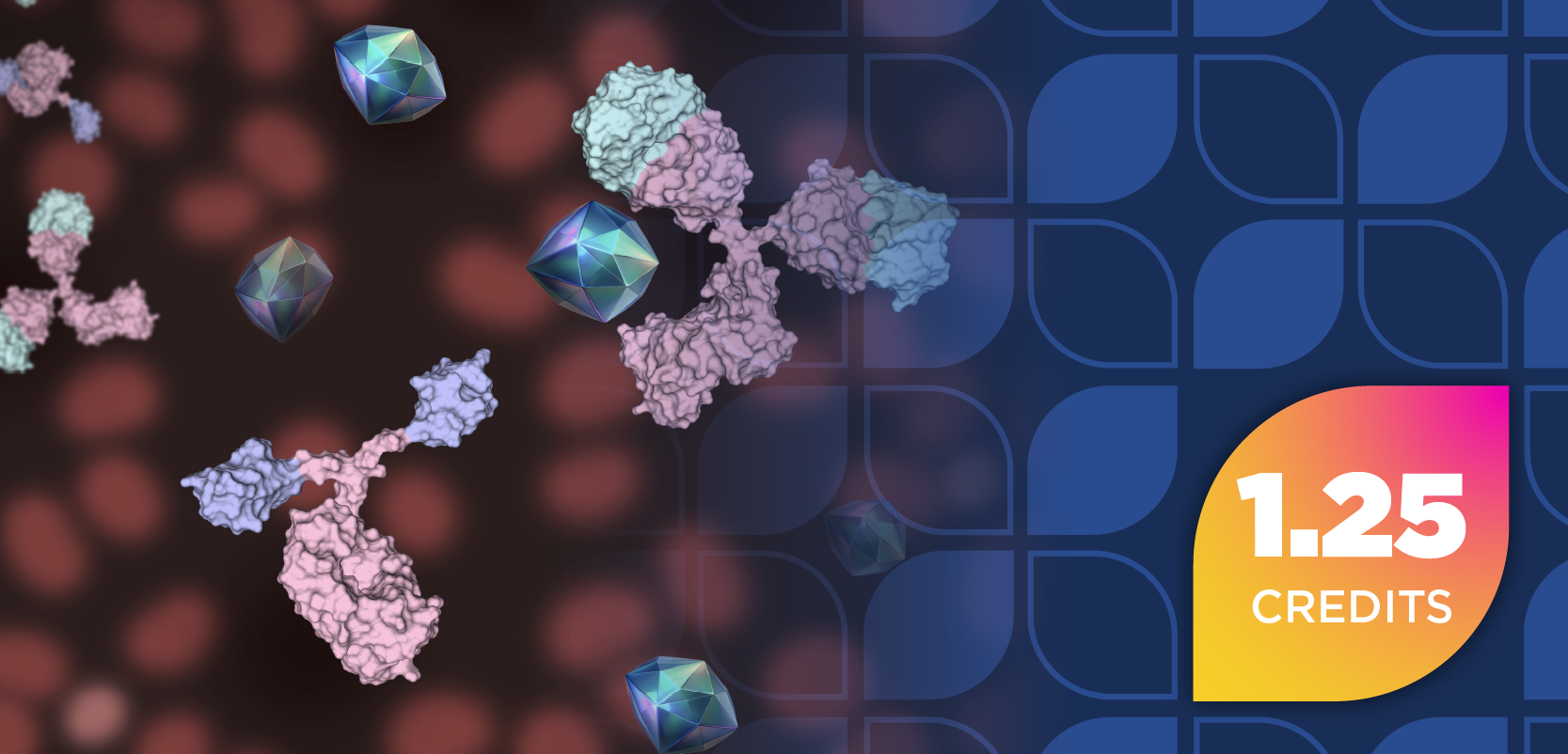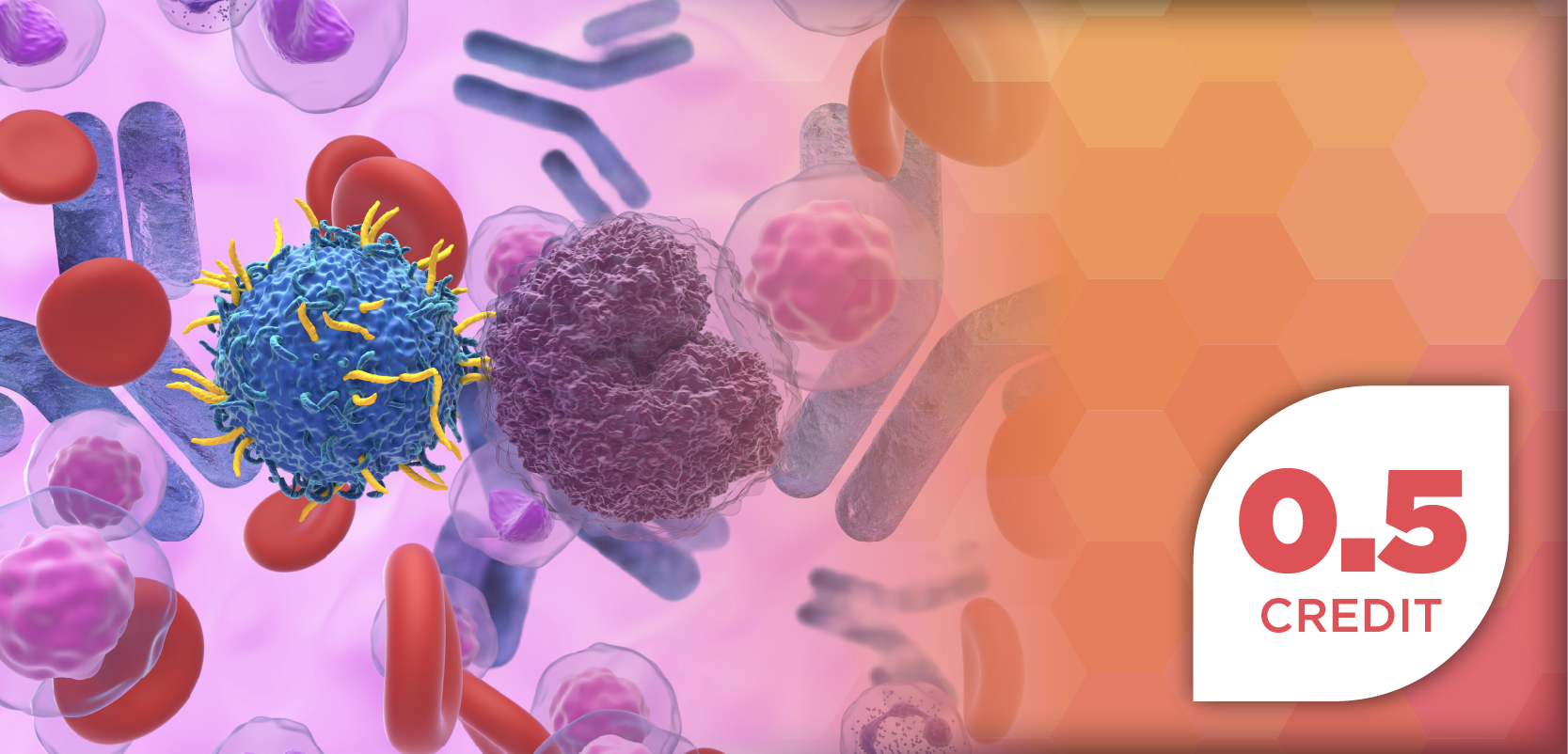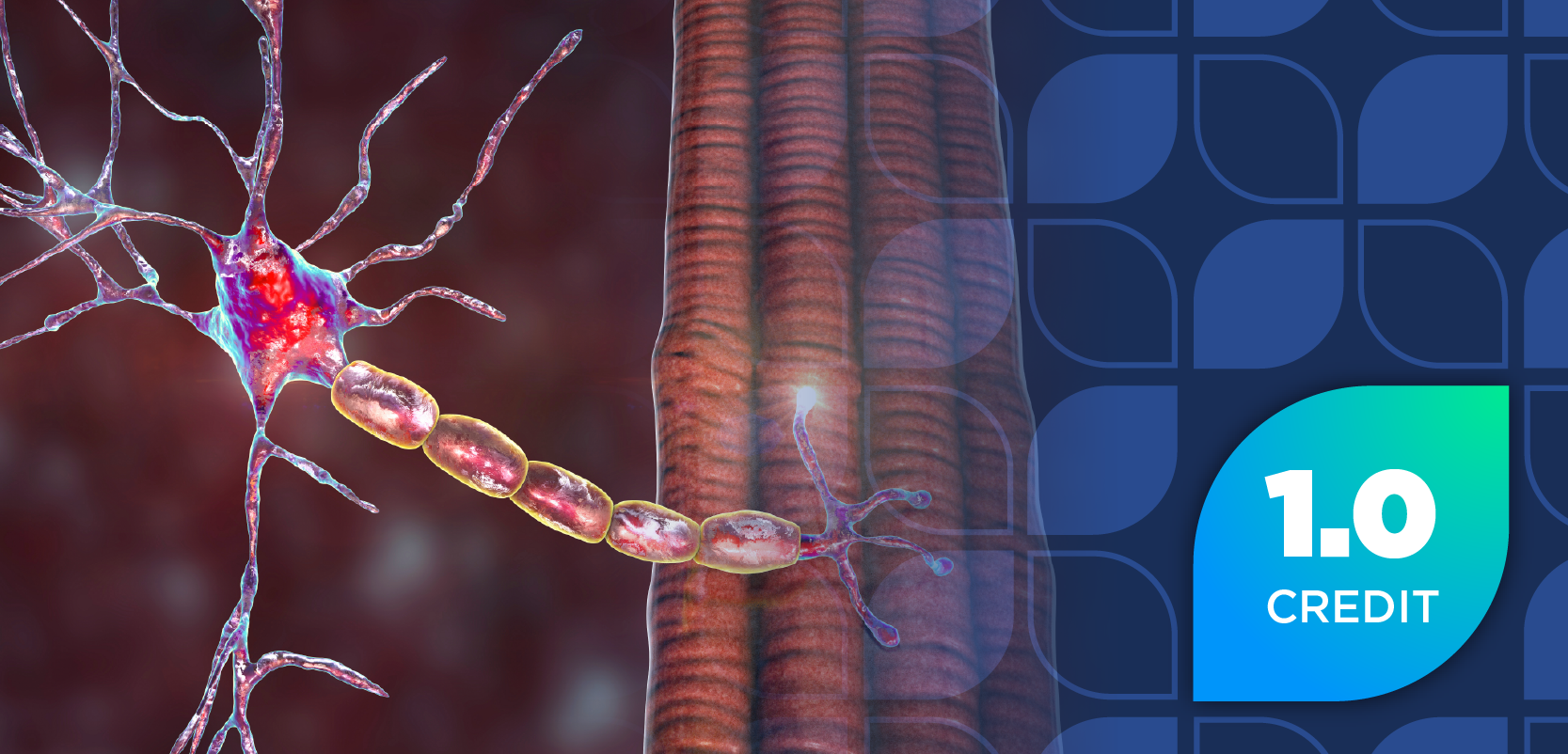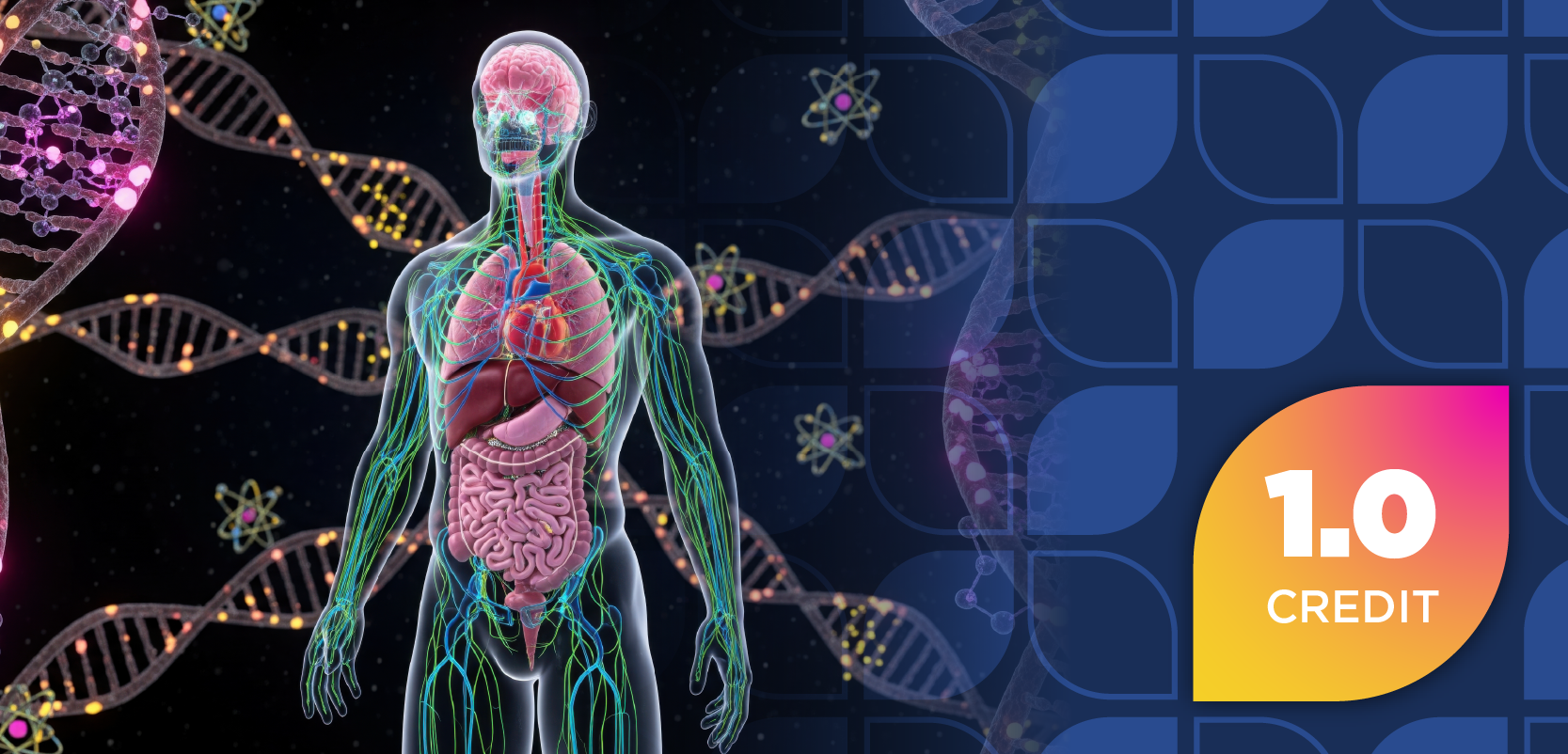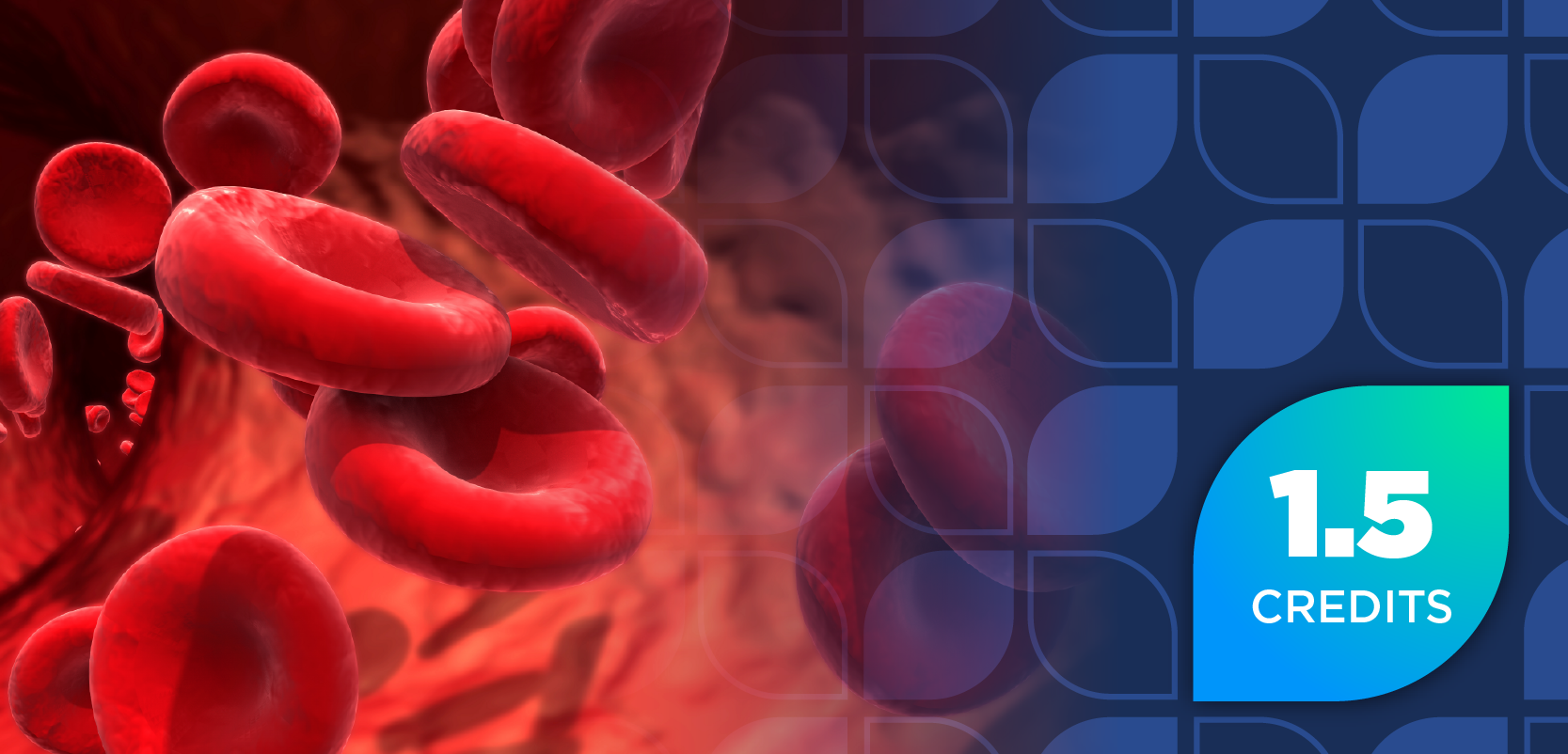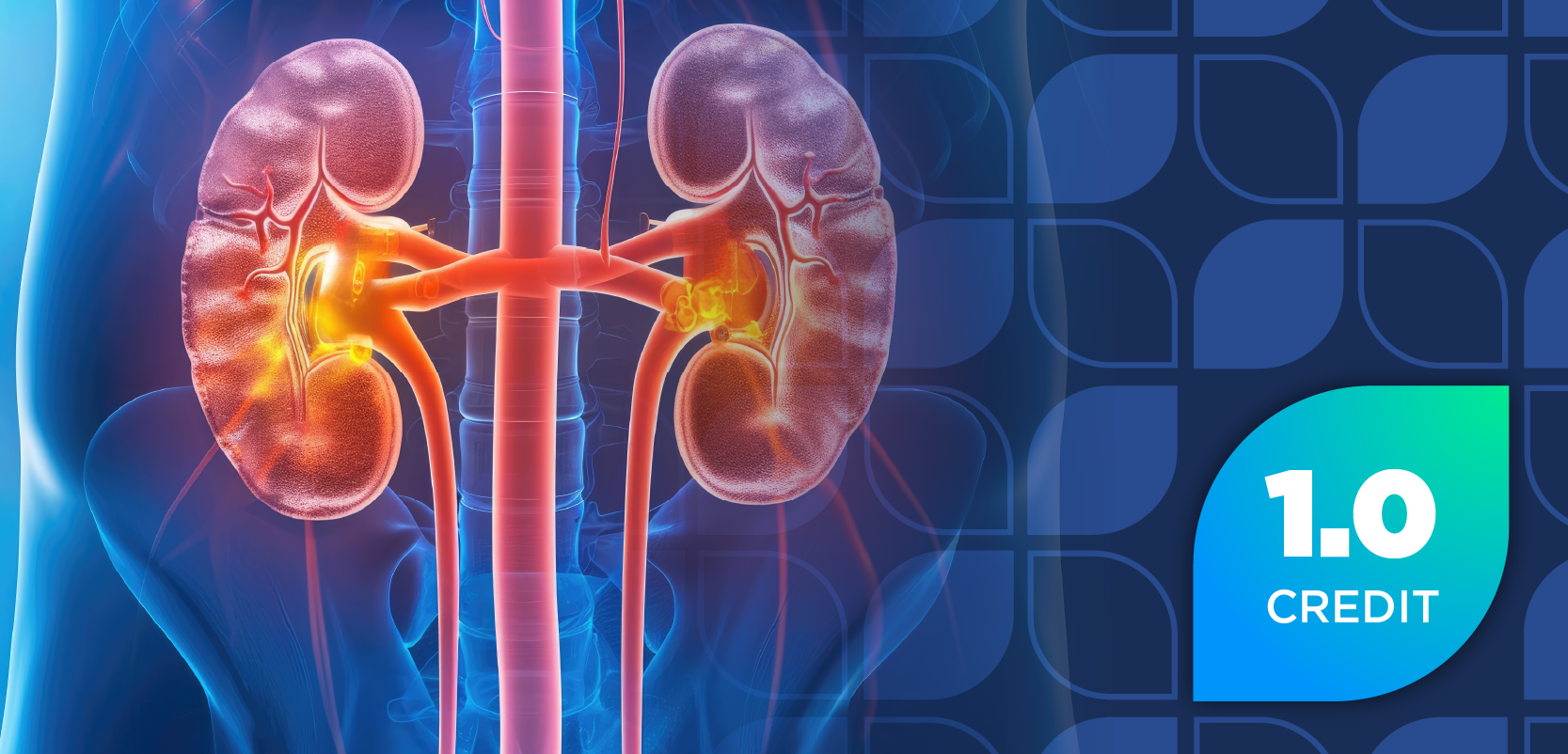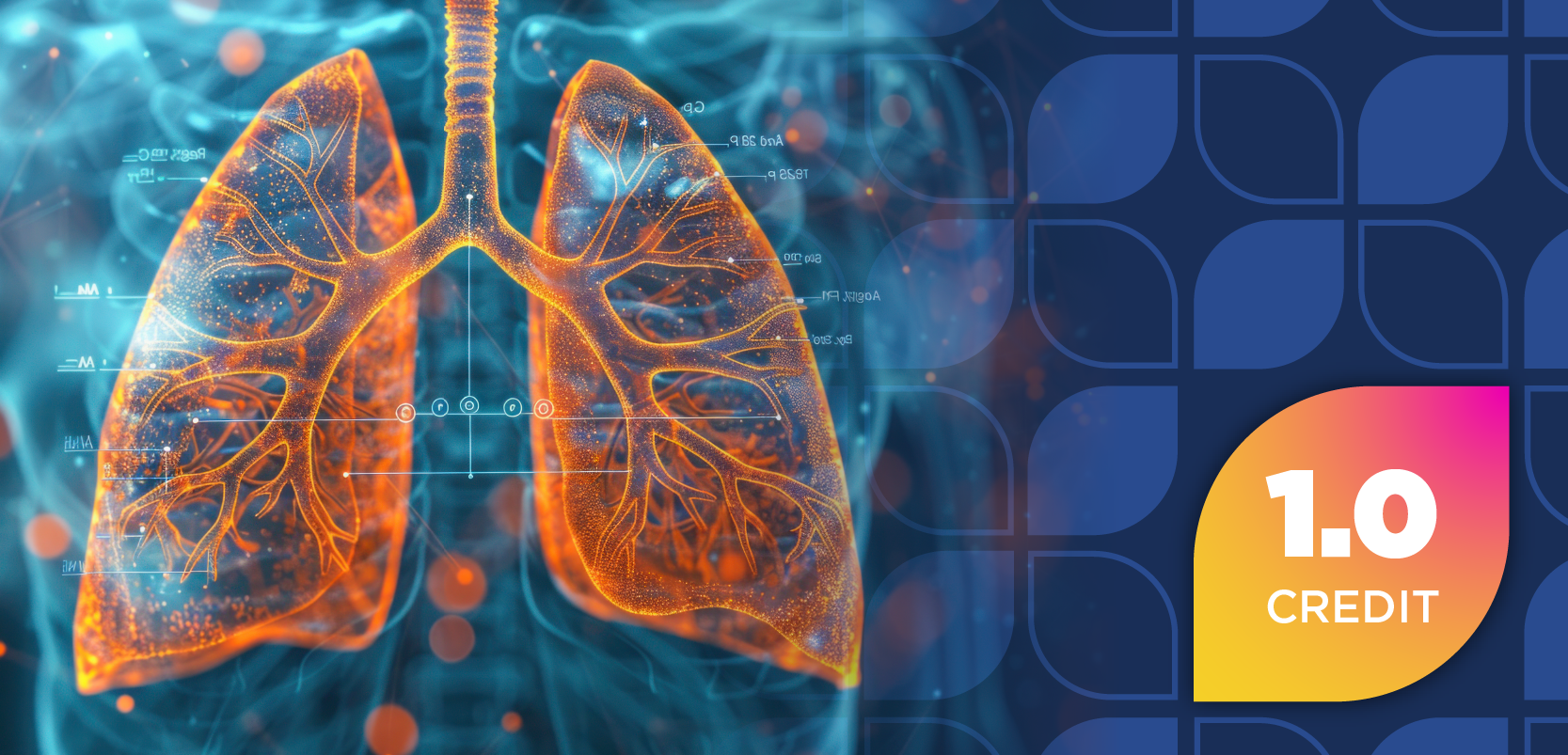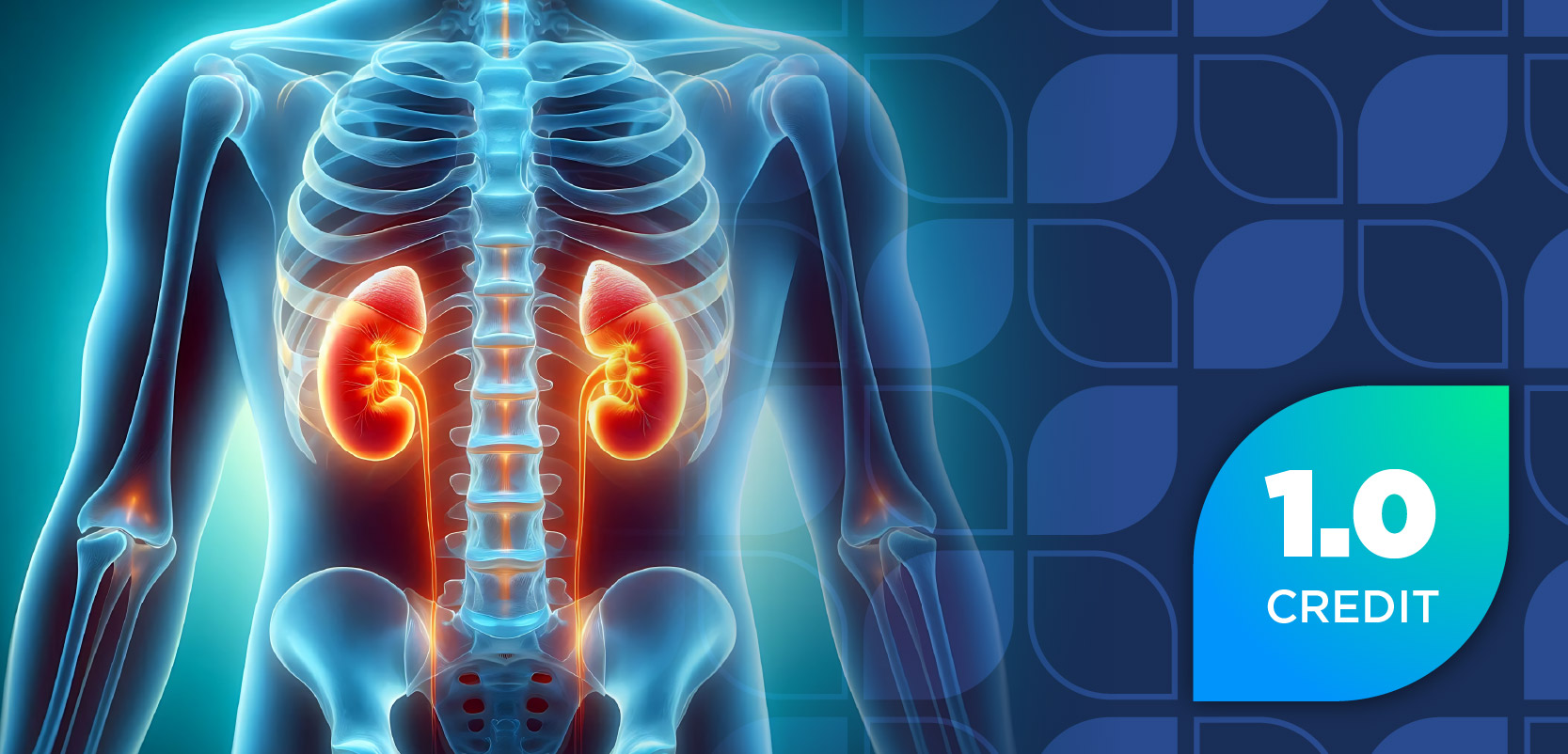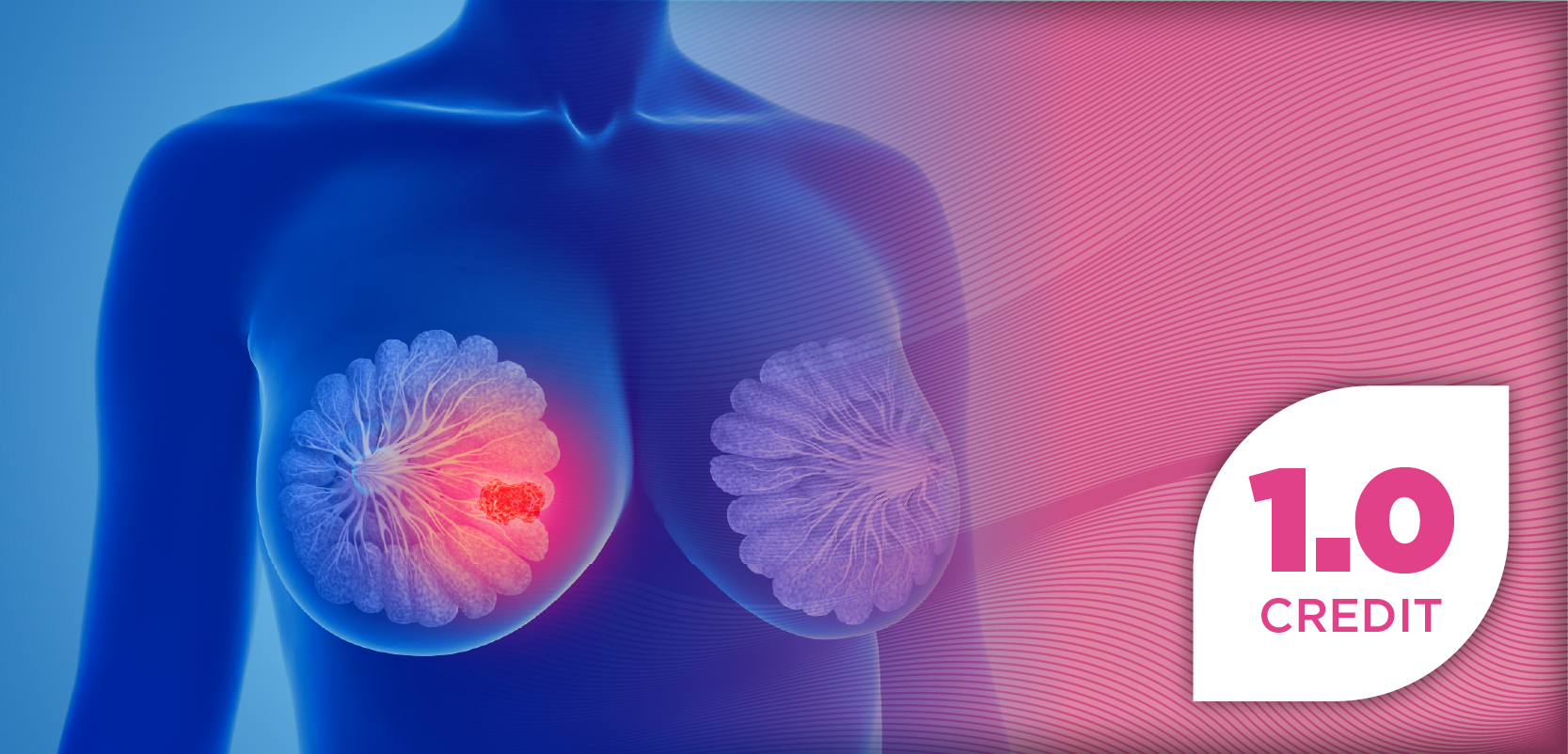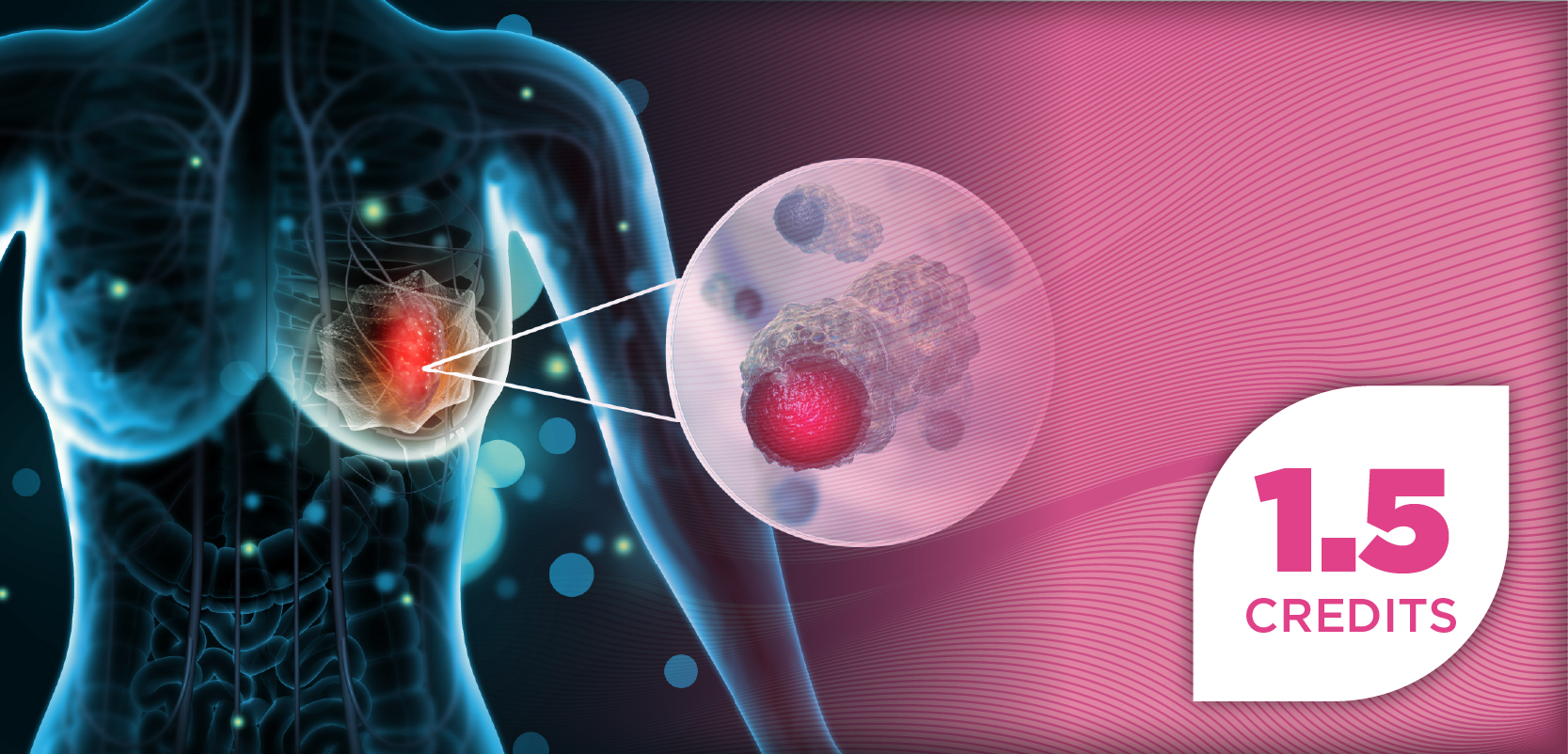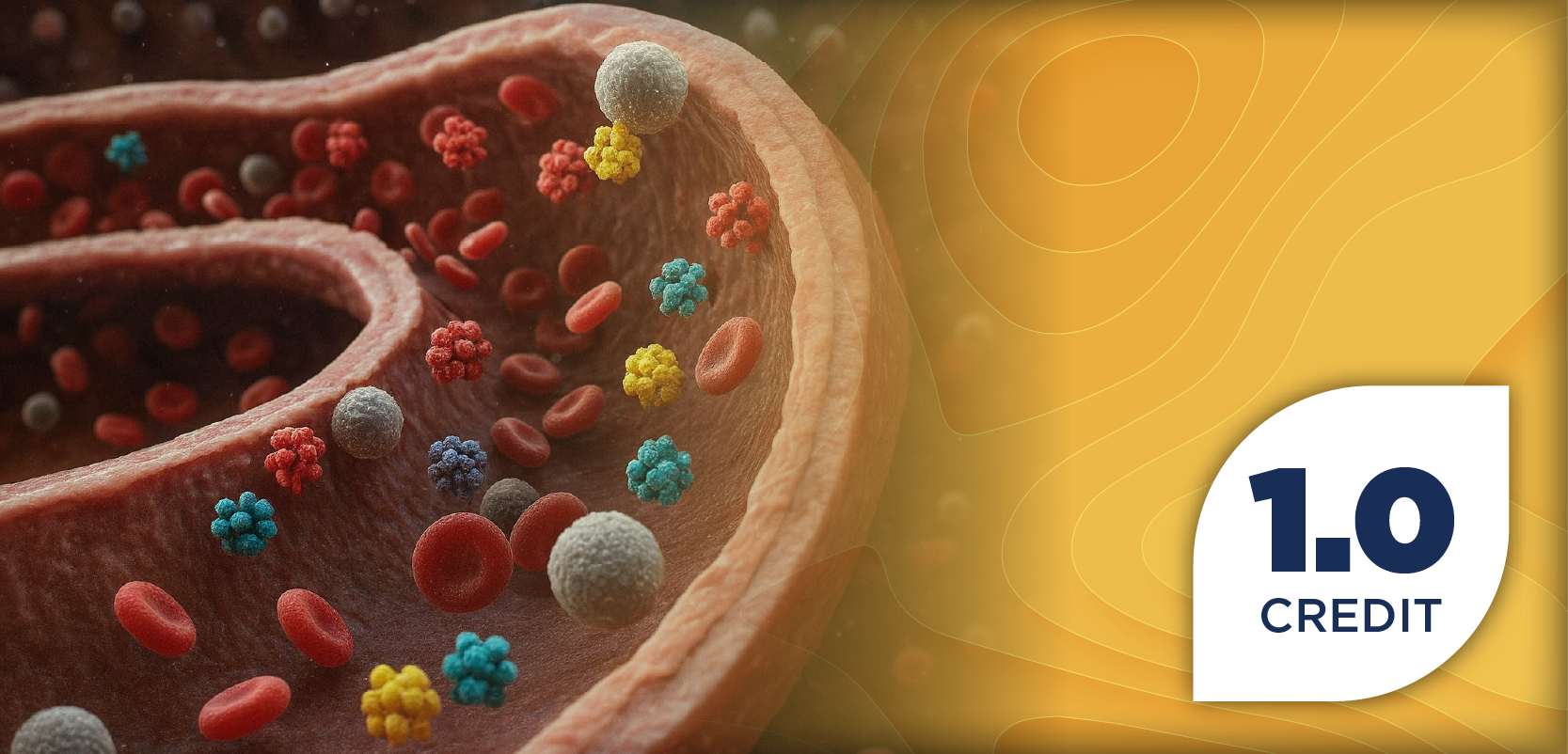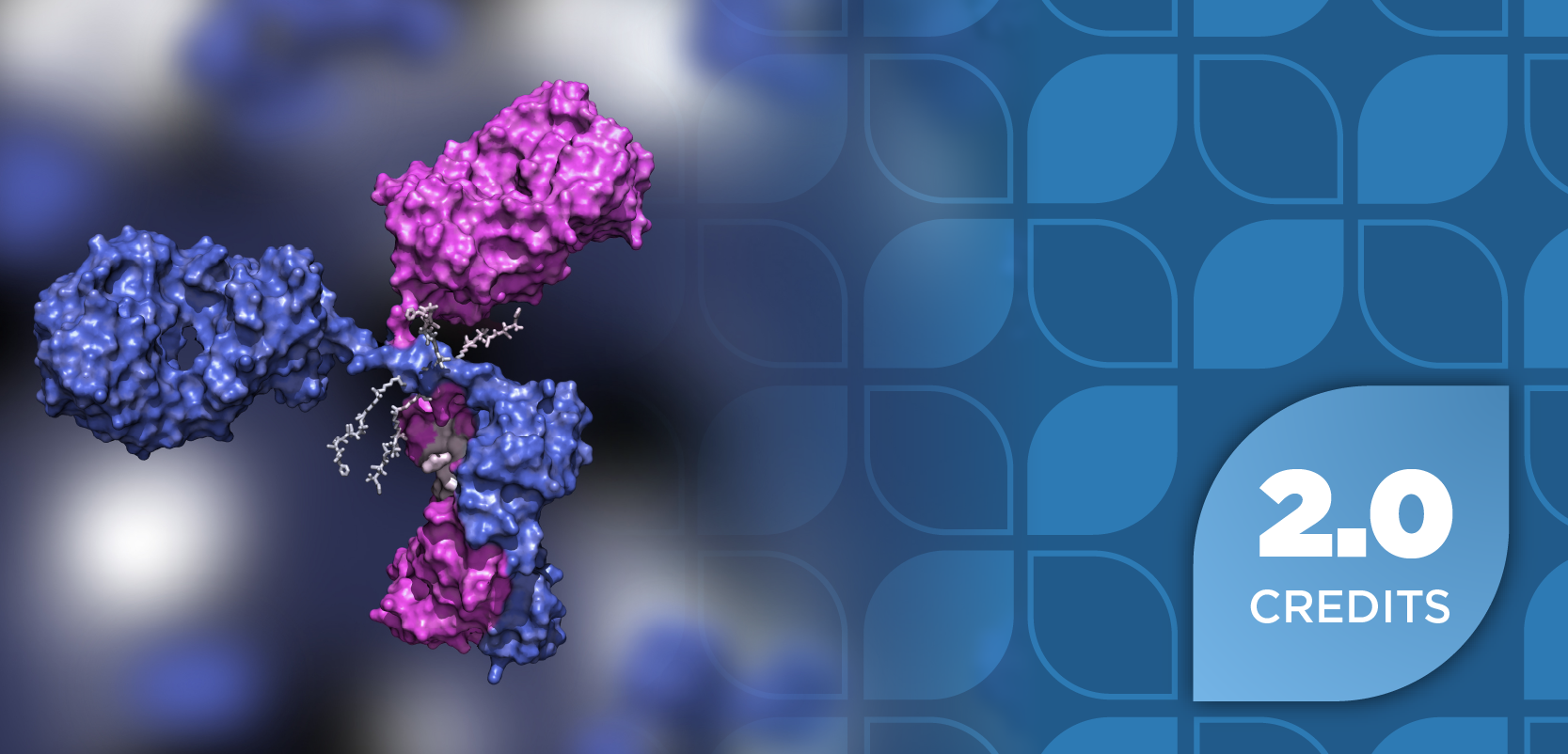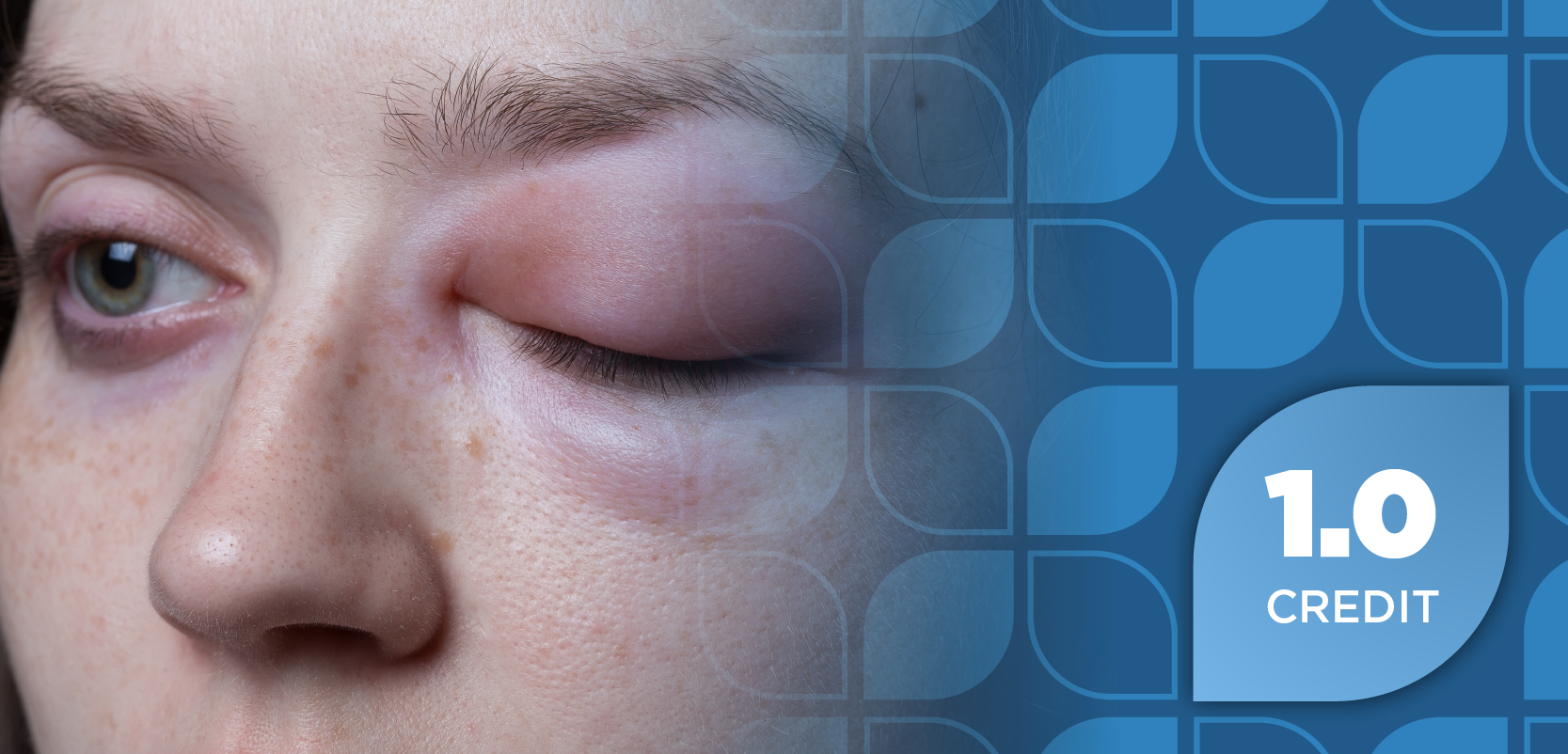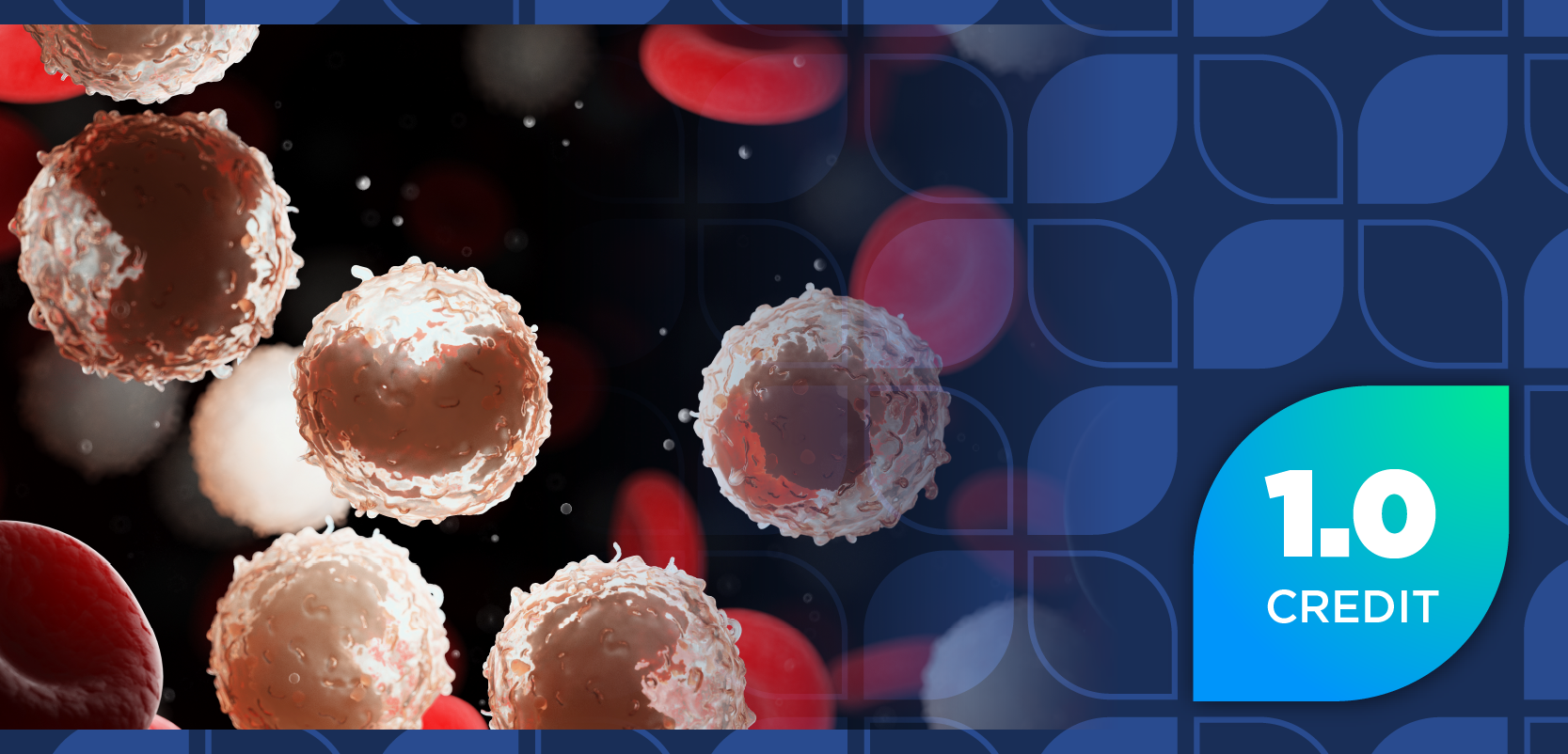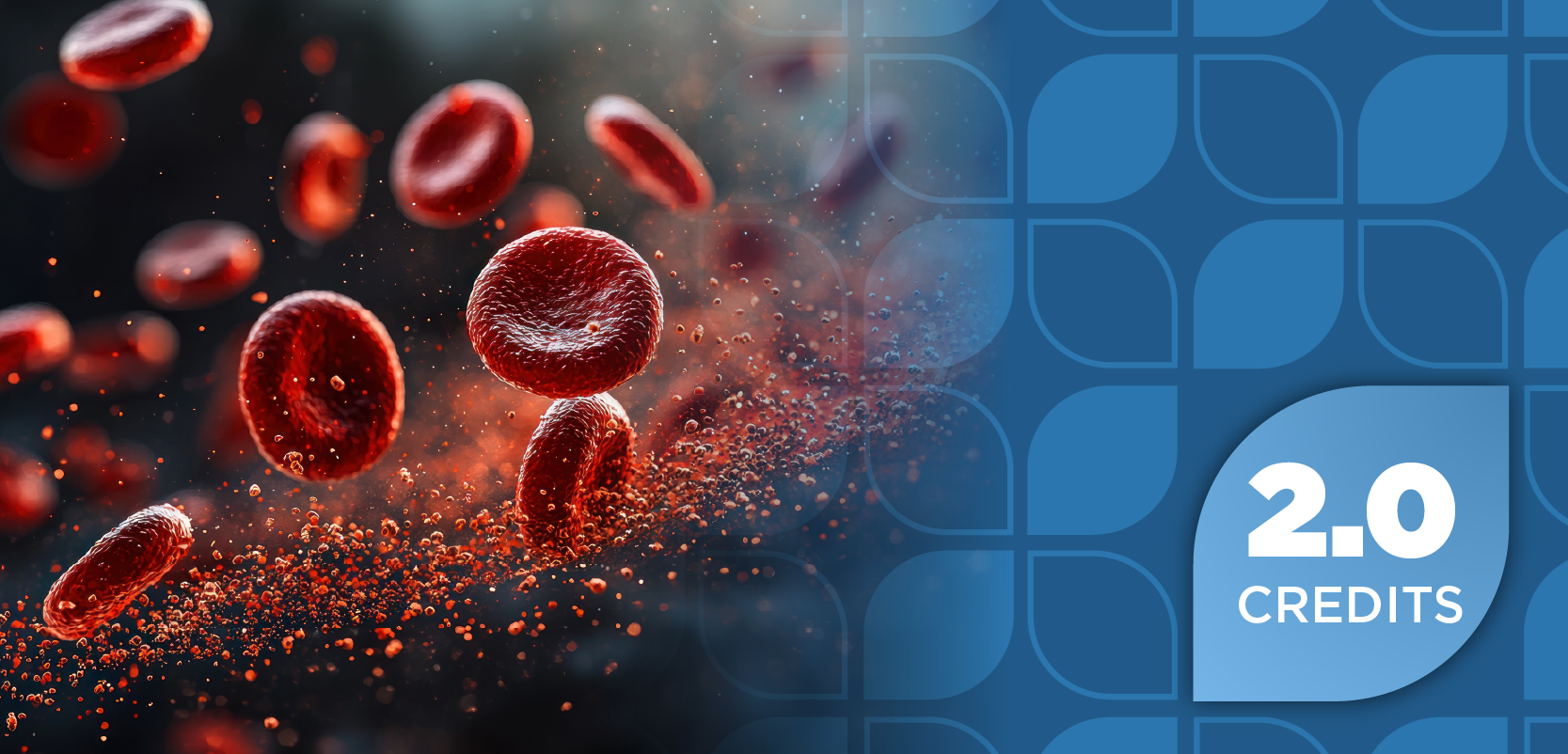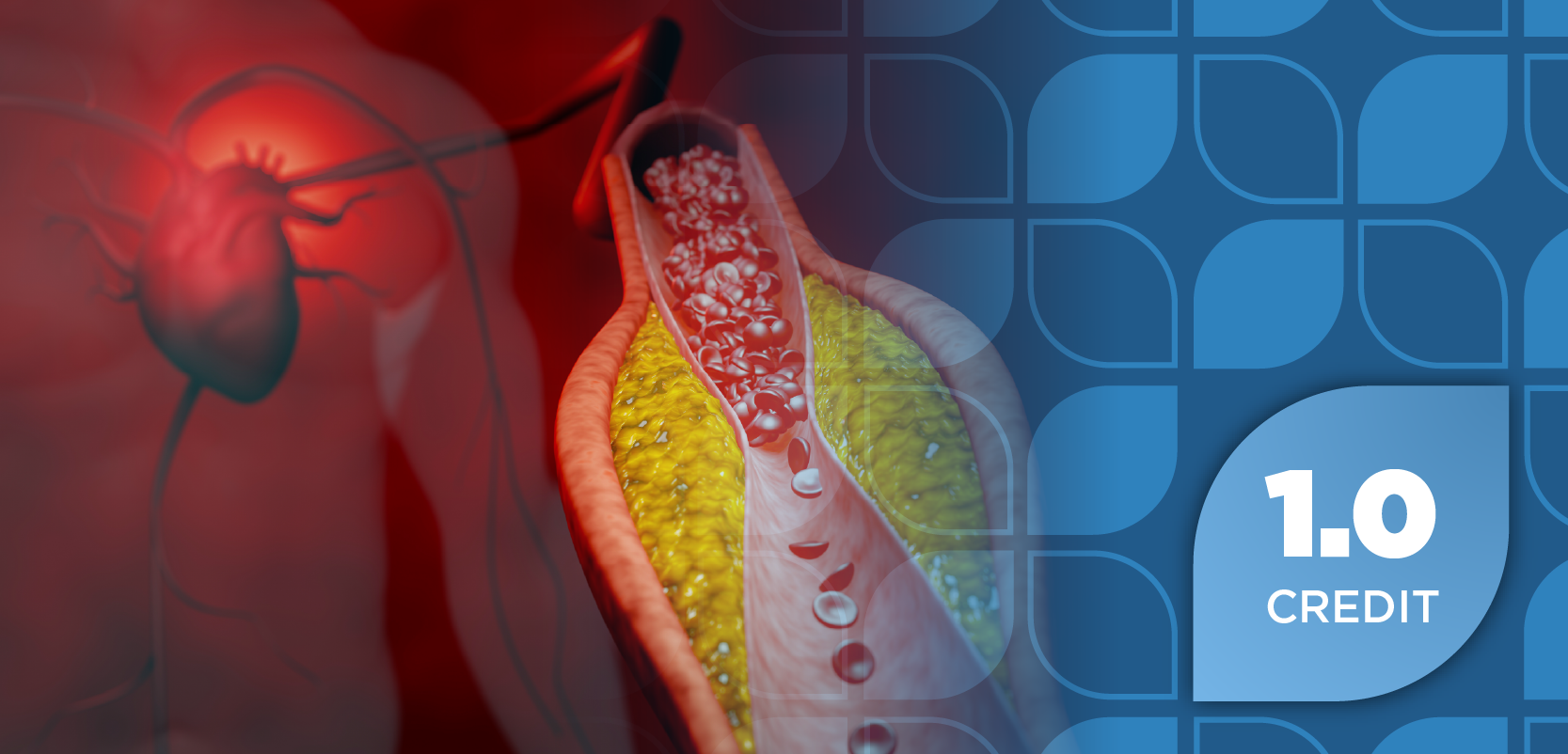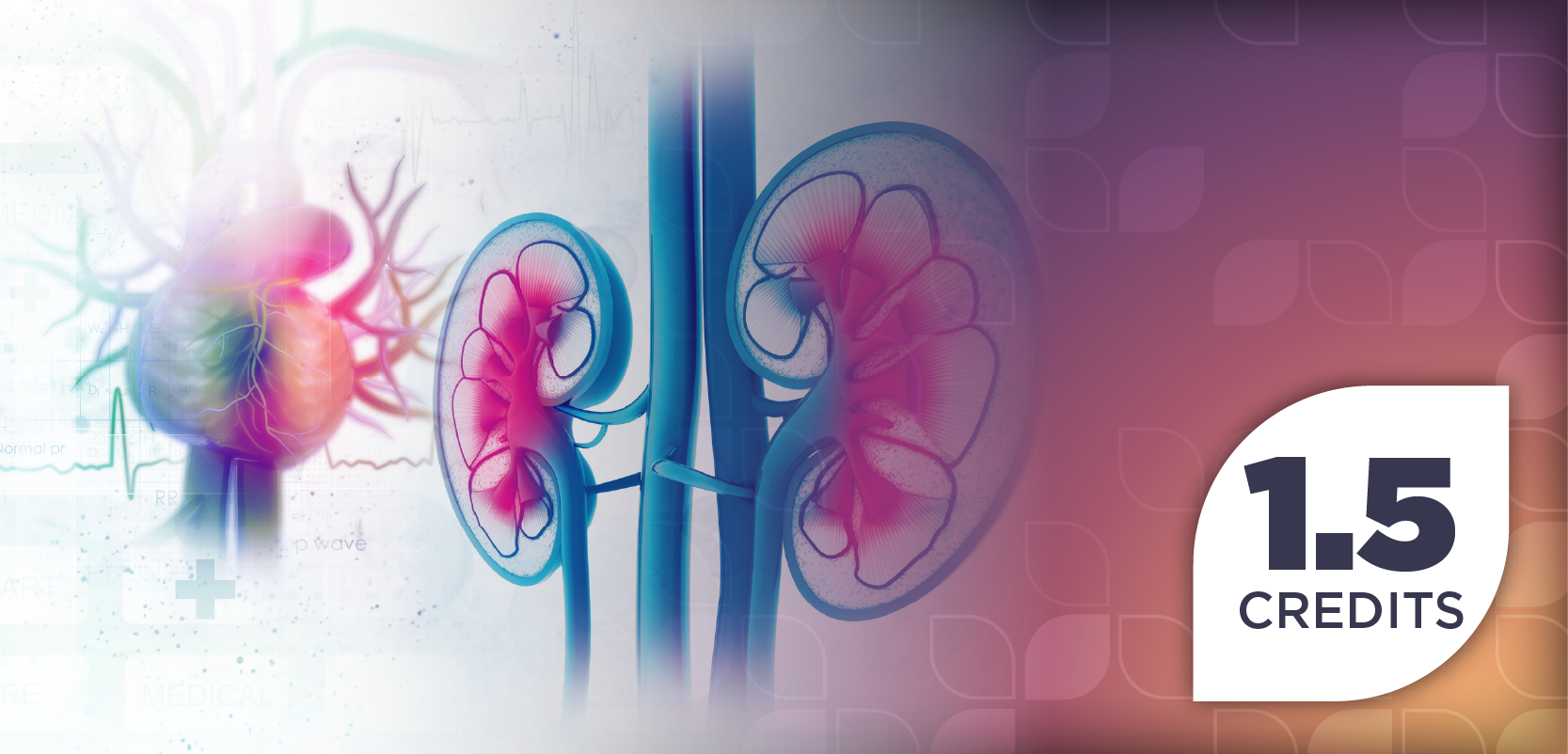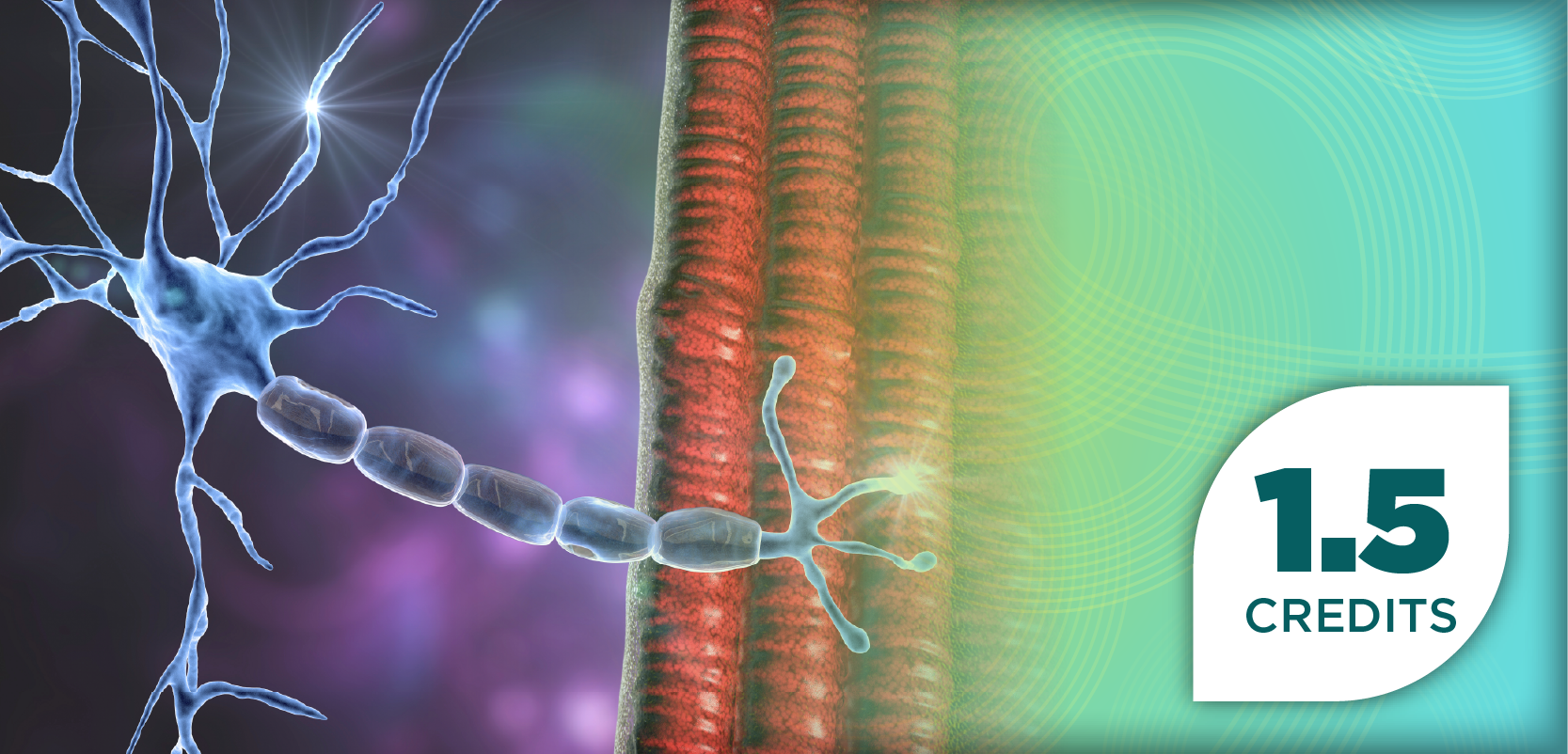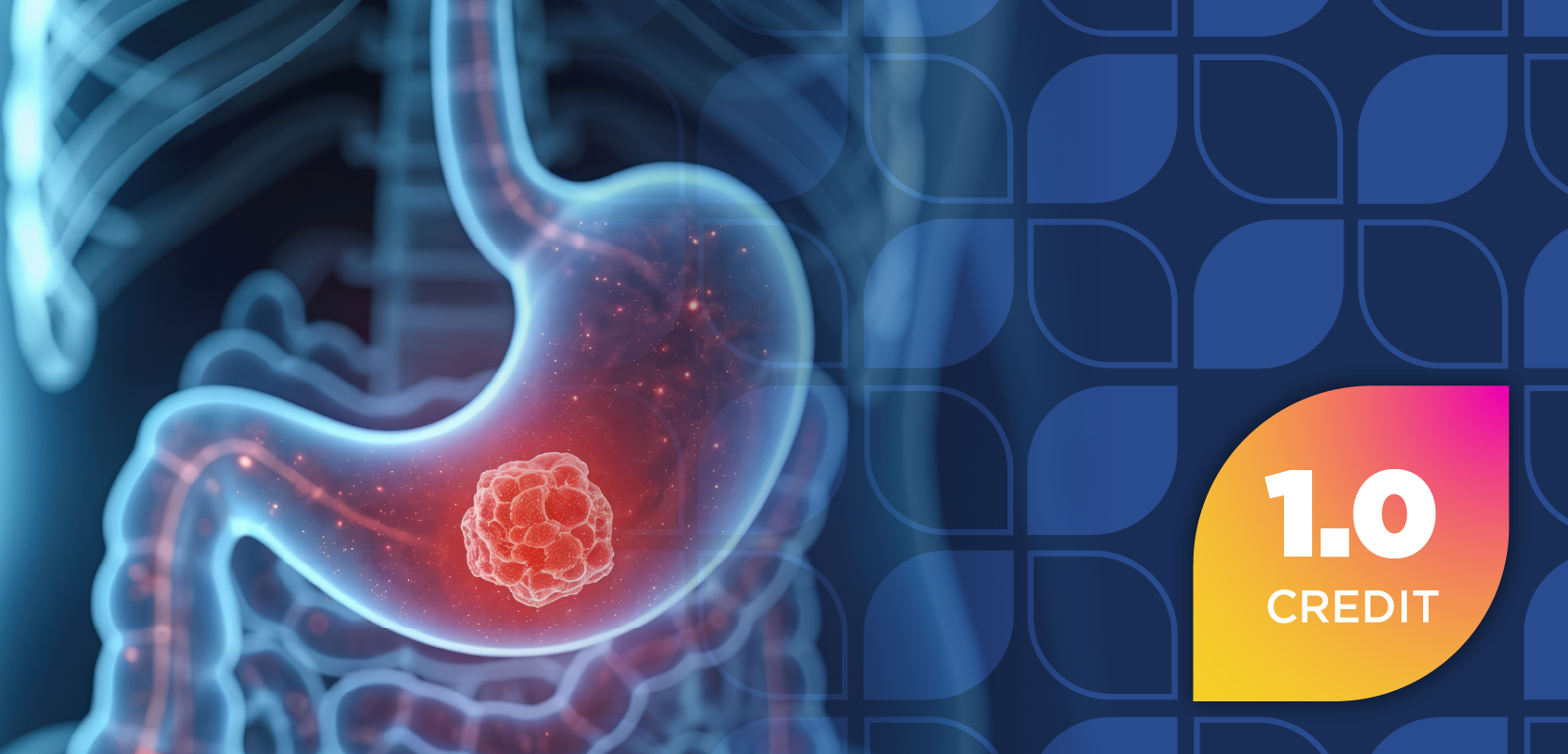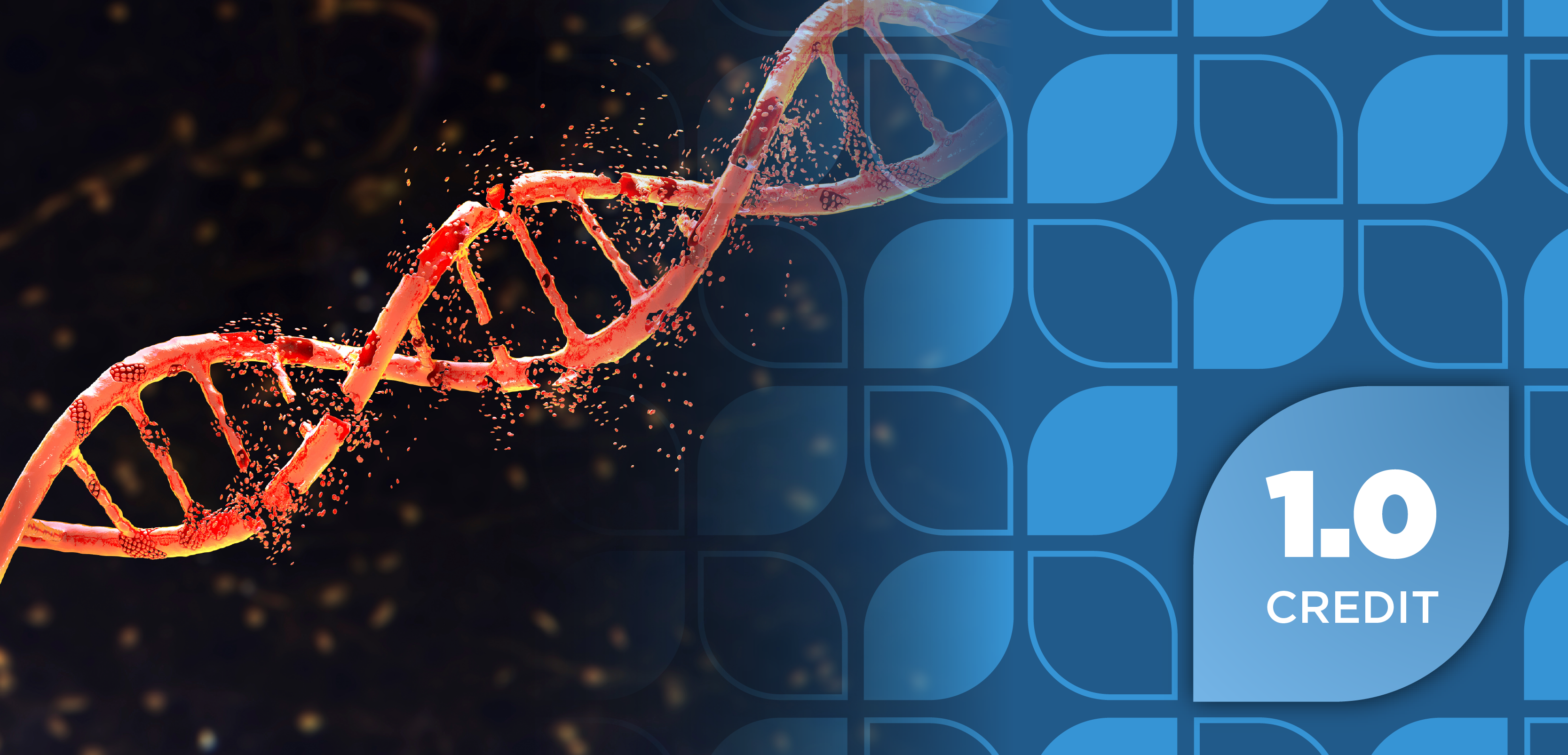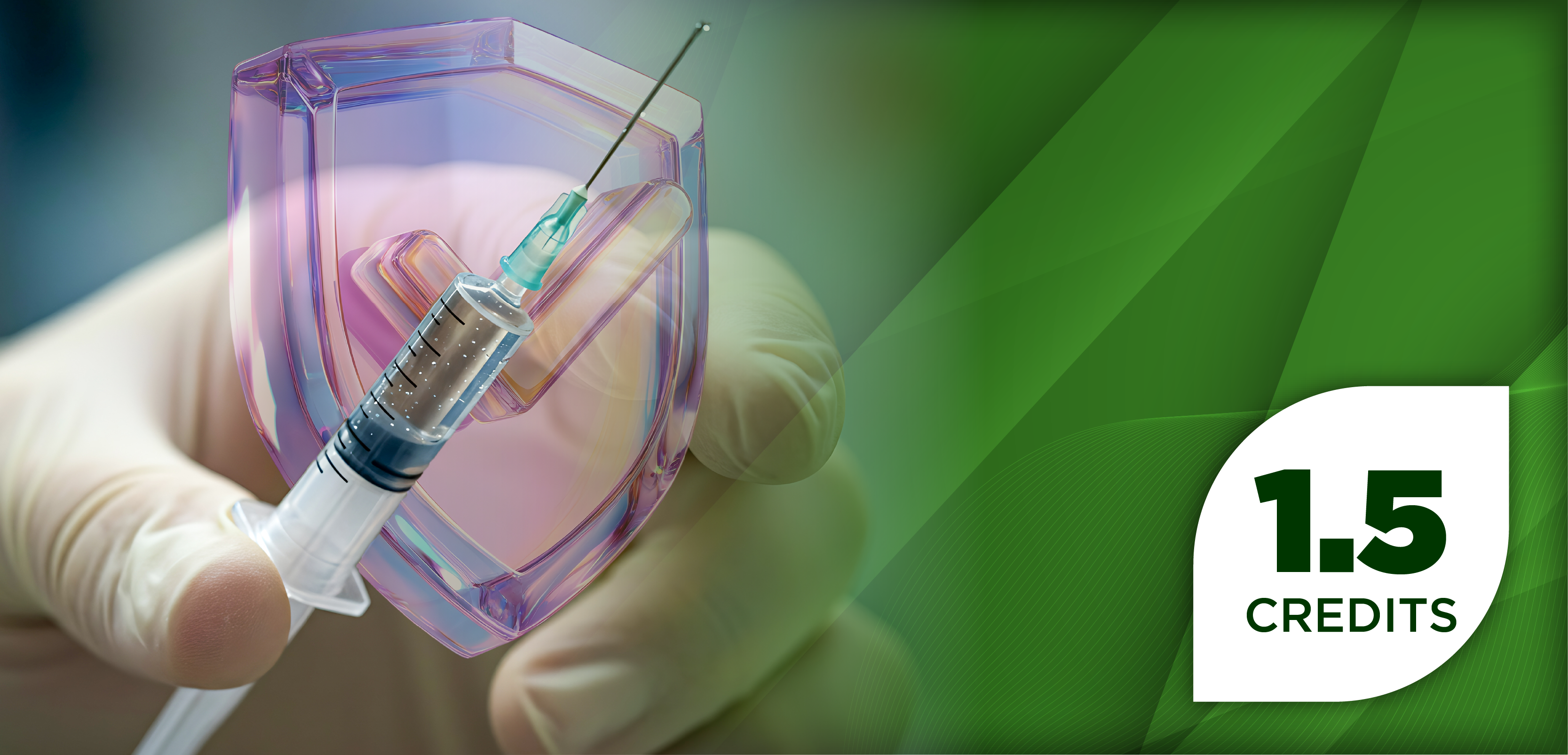
Novel Molecular Imaging Agent for Detection of Bowel Inflammation in Crohn Disease Receives FDA FTD
Key Takeaways
- BR55 targets VEGFR2, crucial in Crohn's disease inflammation and angiogenesis, offering non-invasive imaging for early diagnosis.
- Fast track designation by the FDA aims to expedite BR55's development and approval for Crohn's disease management.
BR55, an injection of perfluorobutane/nitrogen lipopeptide-coated microbubbles, could aid in the detection of angiogenesis and allow for earlier diagnosis in patients with Crohn disease.
The FDA has granted fast track designation (FTD) to Bracco Imaging for the development of perfluorobutane/nitrogen lipopeptide-coated microbubbles (BR55) injection for use as a molecular imaging agent in the detection of active bowel inflammation in patients with Crohn disease, according to a news release from Bracco Imaging.1
This designation could allow for the eventual approval of BR55 for use in this patient population and aid pharmacists and other treatment providers in the diagnosis and treatment of patients with Crohn disease. BR55 is designed to bind to VEGFR2, which is a protein that plays a significant role in the inflammatory and angiogenesis processes in Crohn disease.1
Targeting VEGFR2 allows for BR55 to provide accurate imaging areas of inflammation in a non-invasive manner, which could provide earlier and more optimized clinical assessment of active inflammation for conditions such as Crohn disease. The new FTD by the FDA will allow for a more efficient and facilitated development process for BR55 and could lead to its eventual approval.1
"The FDA fast track process is designed to facilitate development and expedite the review of important new therapeutics and medical imaging agents,” Alberto Spinazzi, MD, chief medical and regulatory officer of Bracco Imaging Group, said in the news release. “This fast track designation supports our goal to get BR55 to the patient earlier and more efficiently.”1
According to the news release, the new designation is based on positive results from completed phase 2 clinical trials that indicated greater than 95% accuracy of BR55-enhanced ultrasound imaging at detecting VEGFR2 expression. These meaningful observations were seen in multiple patient populations, including breast, thyroid, and ovarian cancer tissues, and in bowel segments that indicated active inflammation in patients with Crohn disease.1
Investigators have determined BR55’s utility for tumor detection in previous studies. One investigation, conducted by Pochon et al, evaluated BR55 both in vitro and in vivo to evaluate its potential for specific tumor detection and the molecular imaging of angiogenesis, a critical component of Crohn disease diagnosis.2
In the trial, BR55 was observed to specifically bind to the immobilized recombinant VEGFR2 under dynamic conditions. The investigators noted that the accumulation of BR55 on the target over time was like that of microbubbles bearing a specific antibody. Furthermore, the investigators were able to successfully assess tumor perfusion during the vascular phase of BR55, and the malignant lesion was able to be highlighted by the accumulation of targeted microbubbles, indicating its potential in inflammatory conditions.2
New methods to diagnose and treat Crohn disease are urgently needed due to the persistence of active inflammation in patients with the condition. Studies have indicated that inflammation can lead to serious complications and progressive bowel damage, even without the presence of typical symptoms. Proactive monitoring of angiogenesis in these patients would allow for earlier disease detection and improved outcomes.1,3
“Detection of angiogenesis with molecular imaging, using a widely available, portable, noninvasive, radiation-free imaging modality like ultrasound, may emerge as a powerful tool to monitor the effectiveness of treatment used to control inflammation and disease activity in patients with Crohn disease,” the authors of the news release explained.1
REFERENCES
1. Bracco Imaging. Bracco Imaging receives FDA fast track designation for BR55, ultrasound molecular imaging agent for the detection of active bowel inflammation in Crohn’s disease. News Release. Released February 6, 2025. Accessed February 6, 2025. https://www.prnewswire.com/news-releases/bracco-imaging-receives-fda-fast-track-designation-for-br55-ultrasound-molecular-imaging-agent-for-the-detection-of-active-bowel-inflammation-in-crohns-disease-302369914.html
2. Pochon S, Tardy I, Bussat P, et al. BR55: a lipopeptide-based VEGFR2-targeted ultrasound contrast agent for molecular imaging of angiogenesis. Invest Radiol. 2010;45(2):89-95. doi:10.1097/RLI.0b013e3181c5927c
3. Dolinger M, Torres J, Vermeire S. Crohn’s disease. Lancet. 2024;403(10432):1177-1191. doi:10.1016/S0140-6736(23)02586-2
Newsletter
Stay informed on drug updates, treatment guidelines, and pharmacy practice trends—subscribe to Pharmacy Times for weekly clinical insights.





